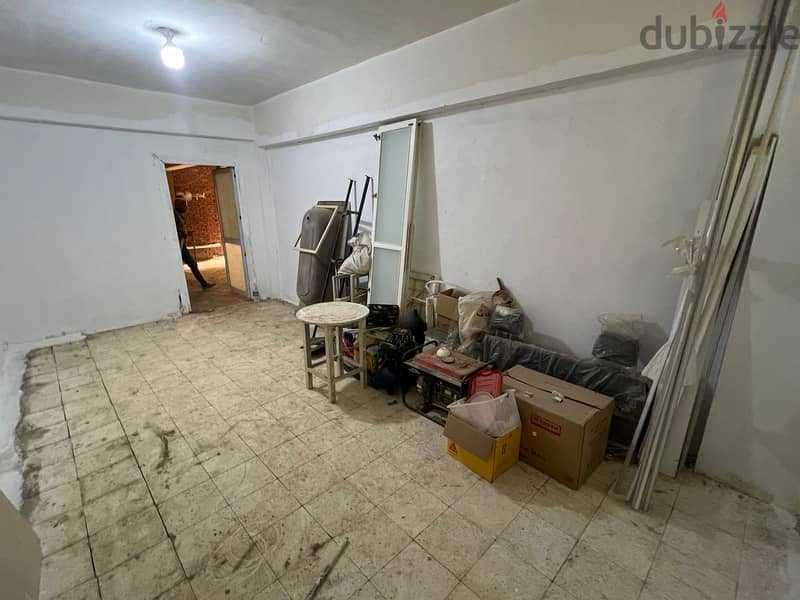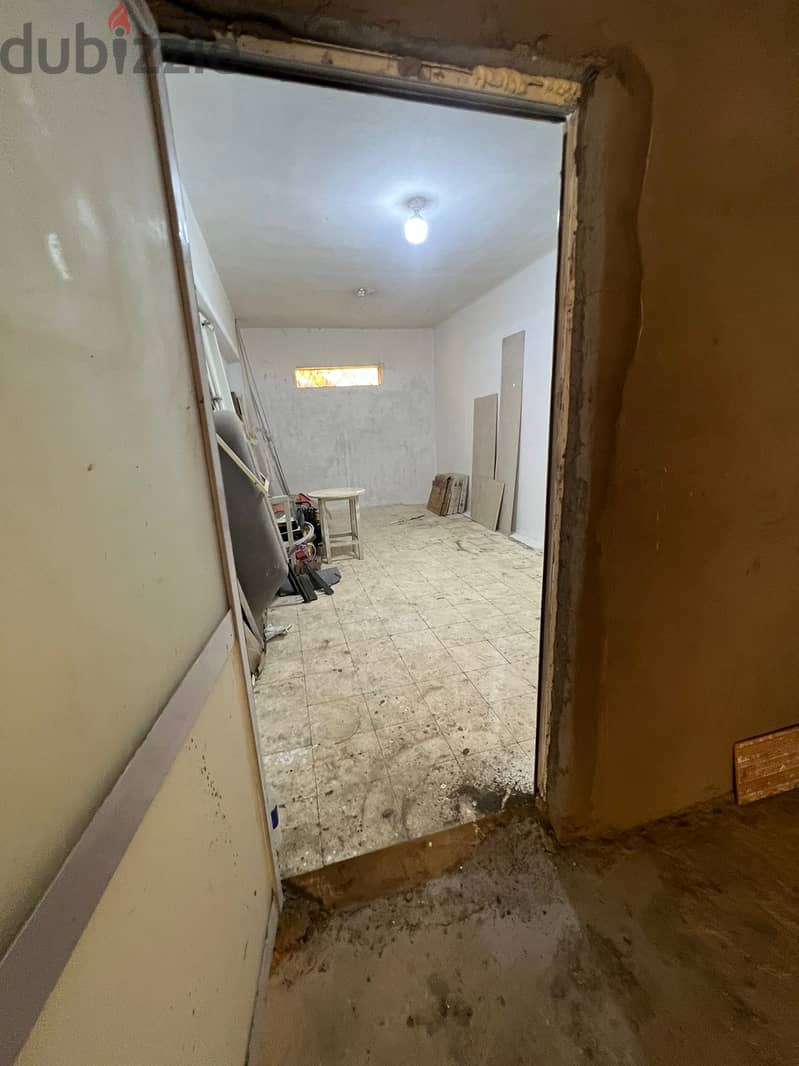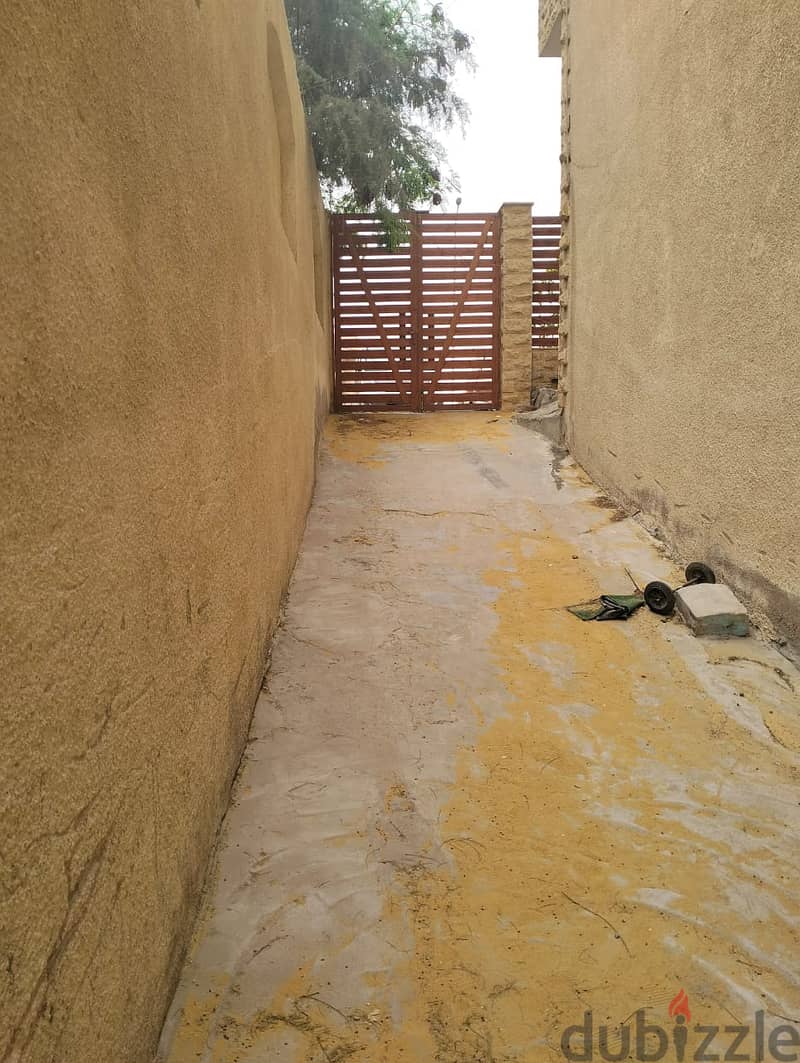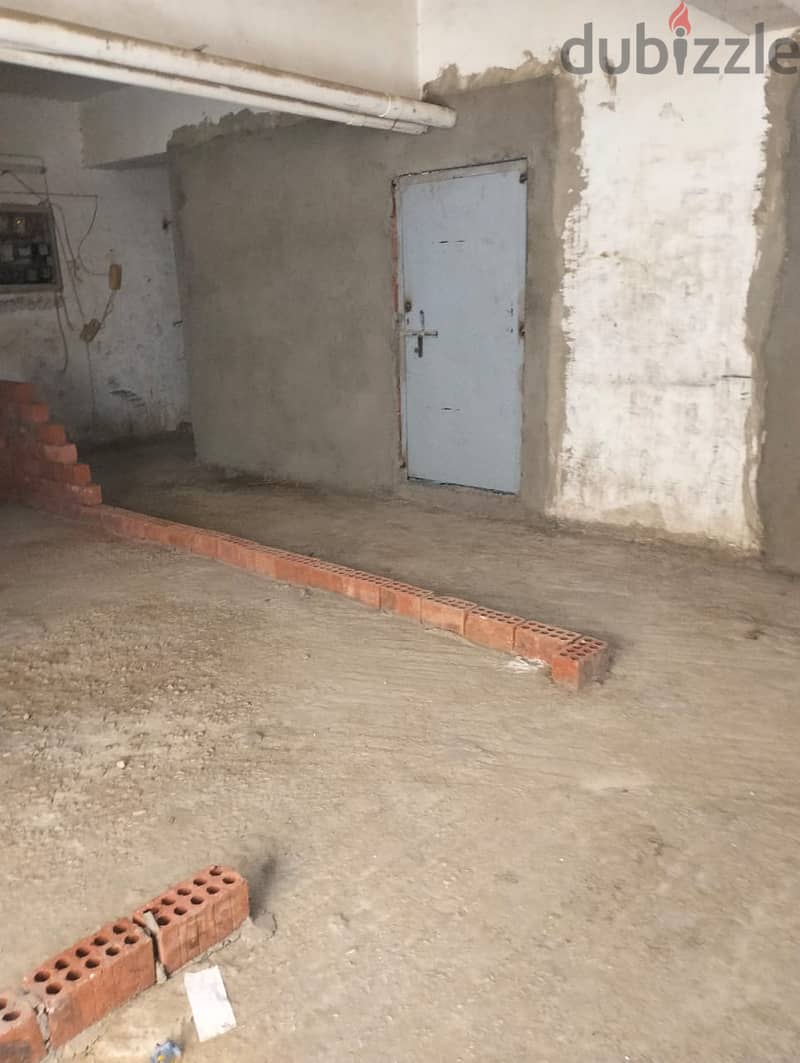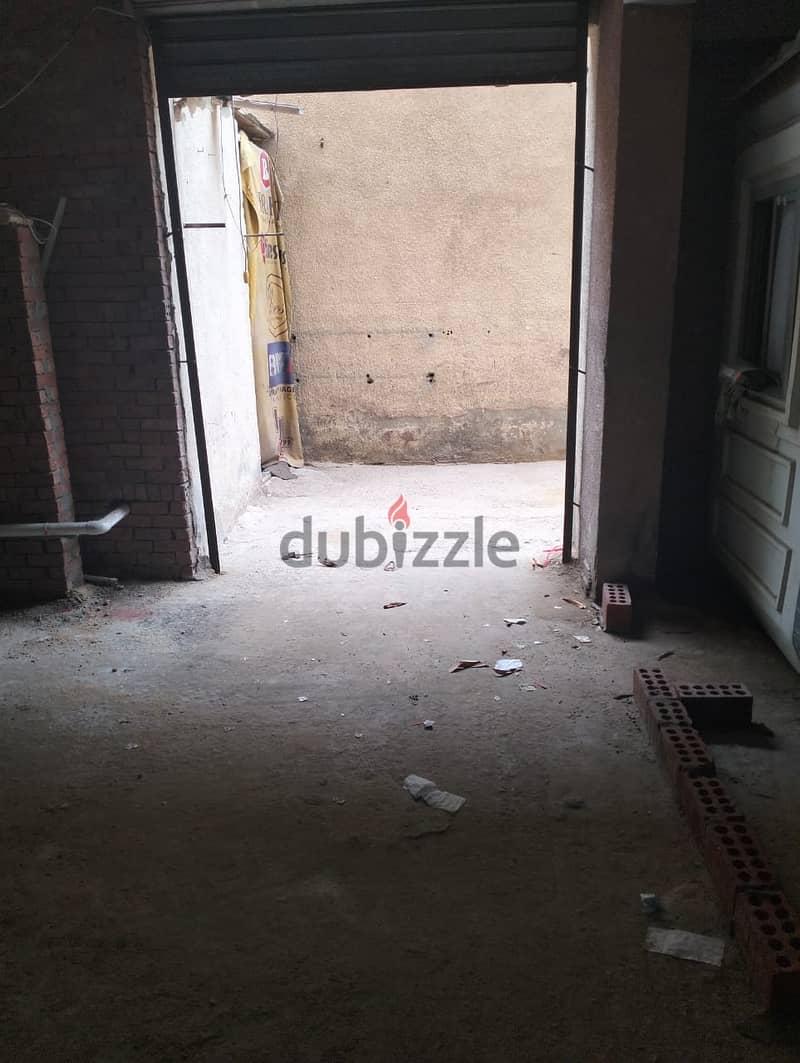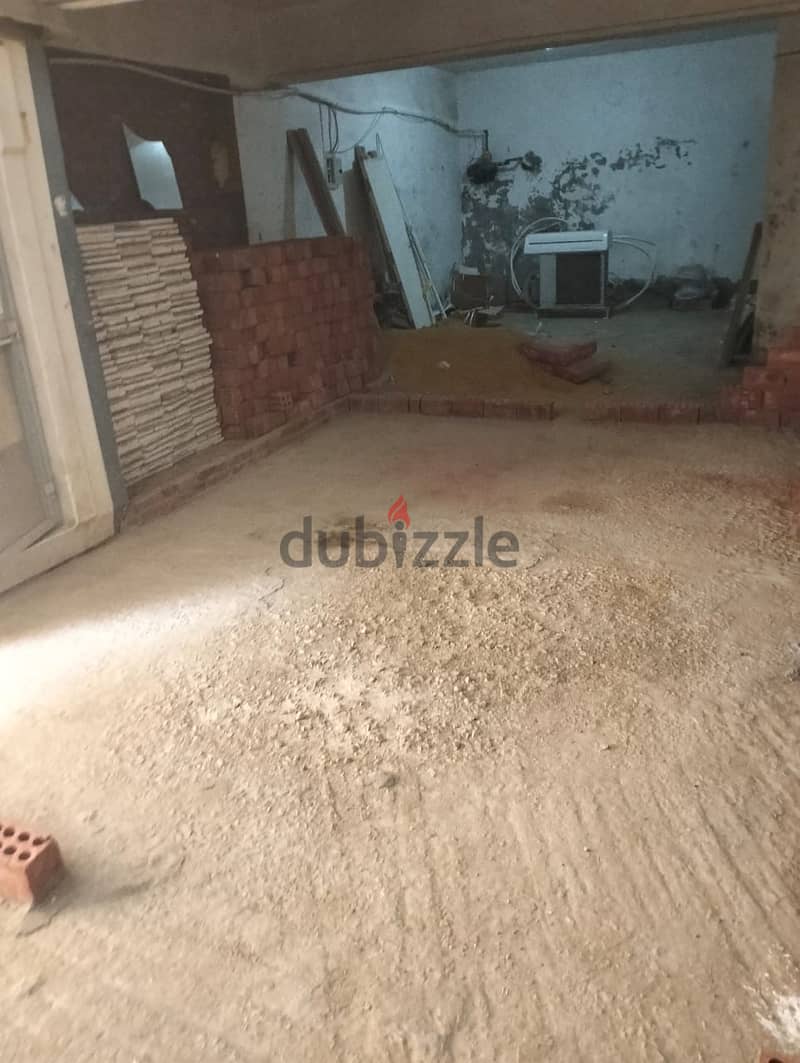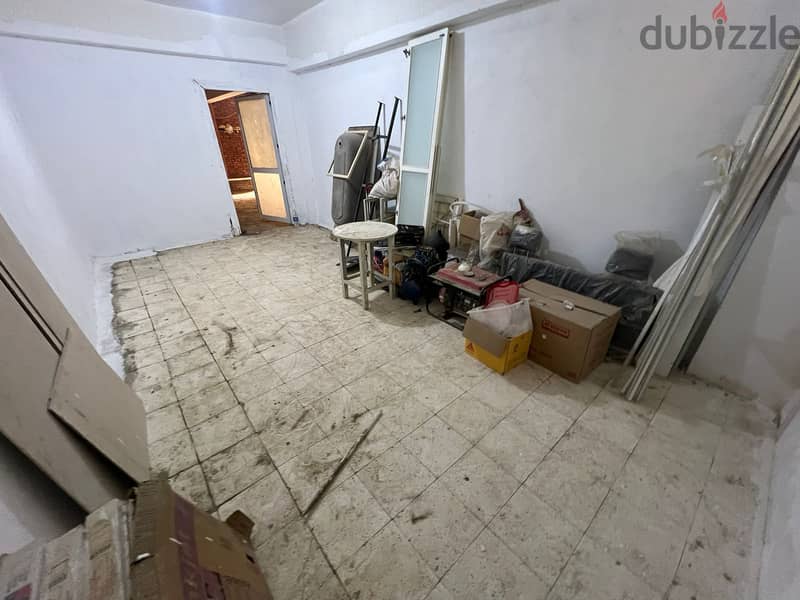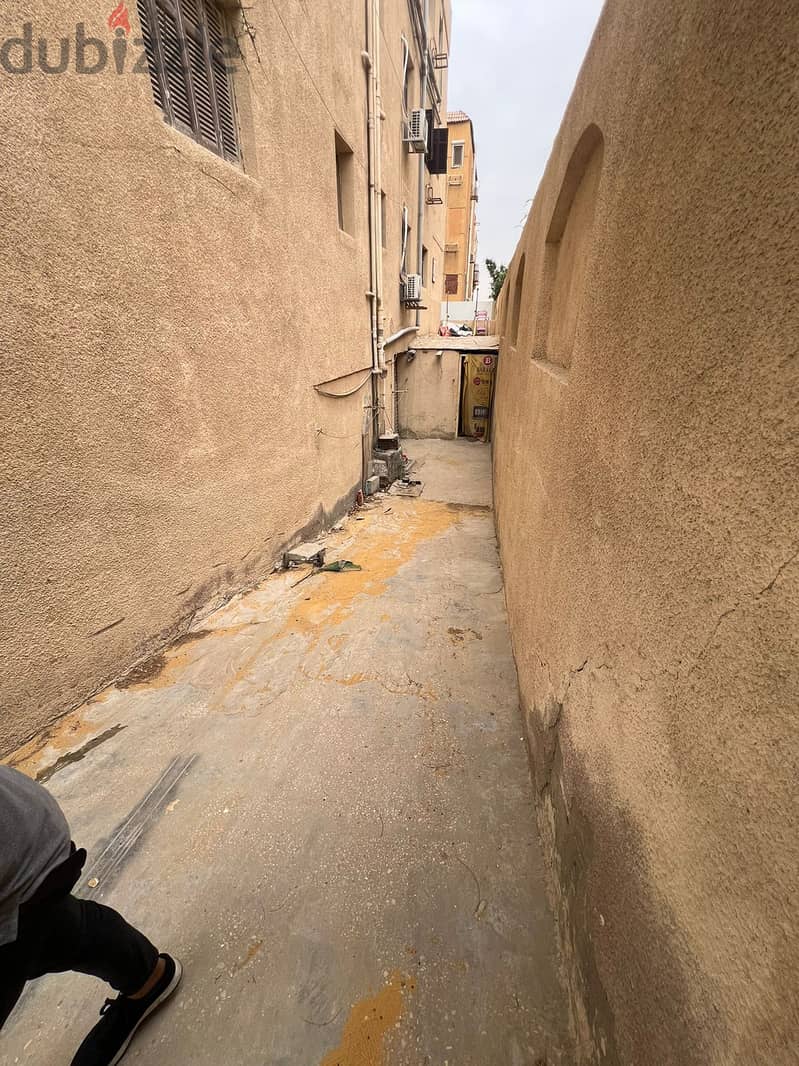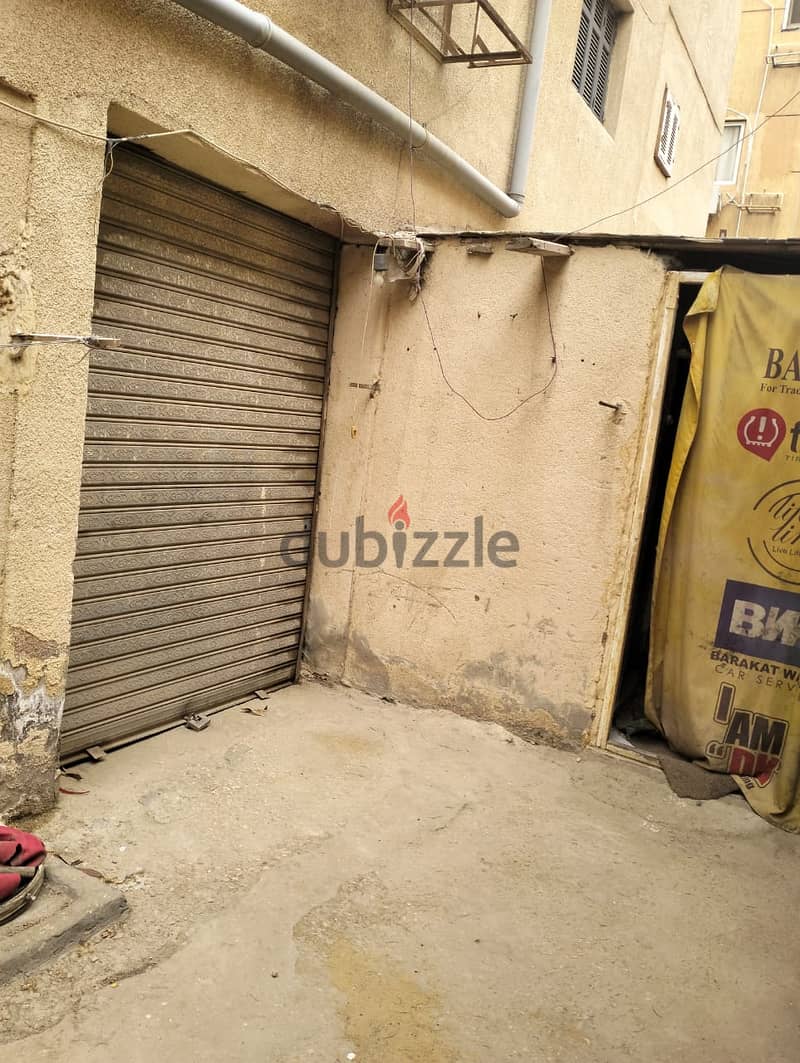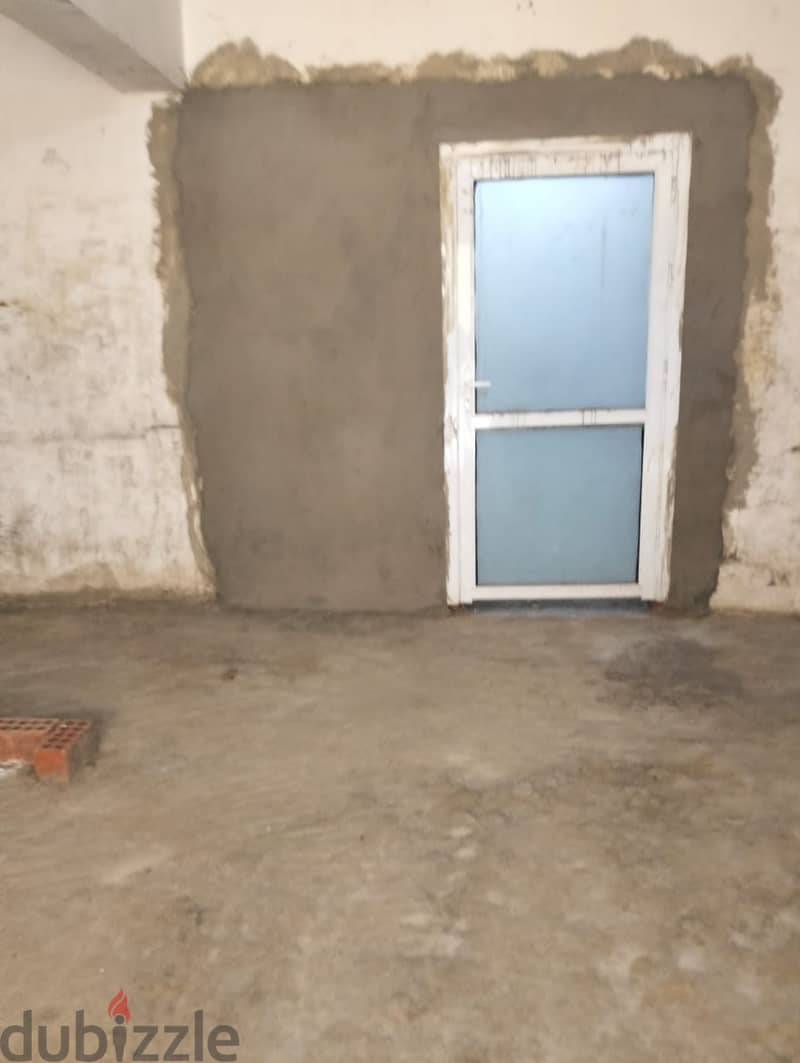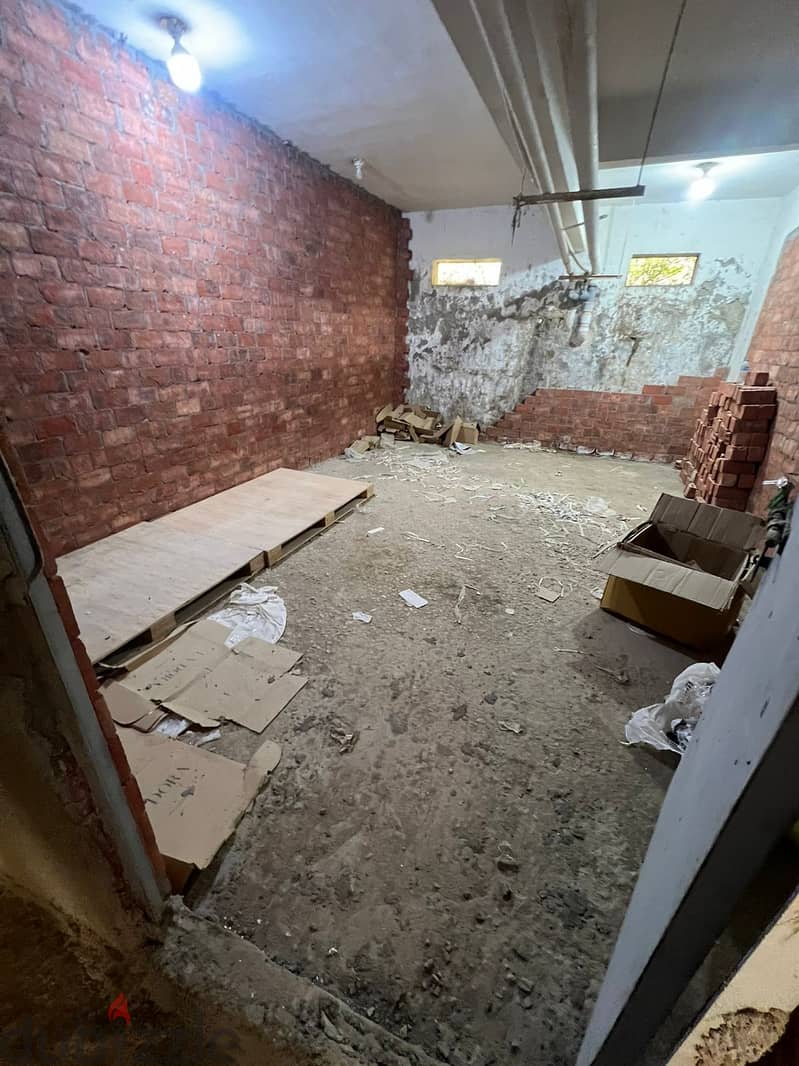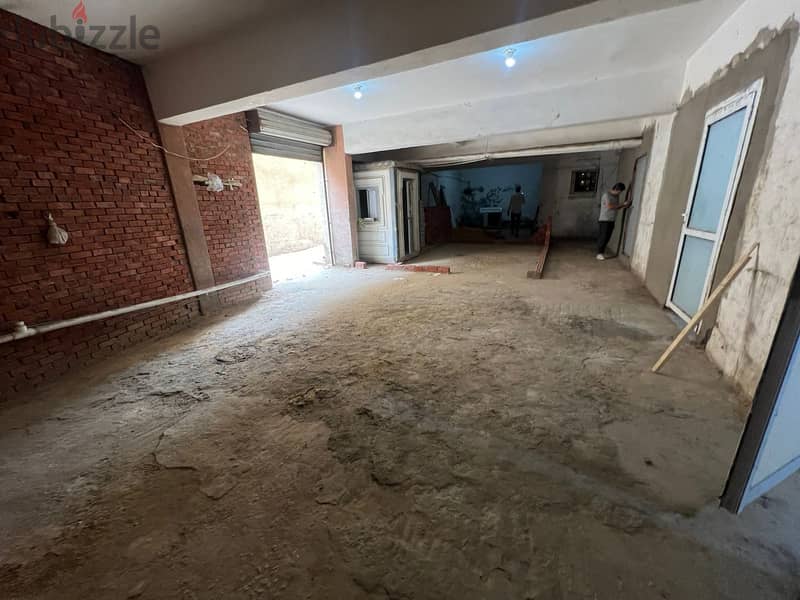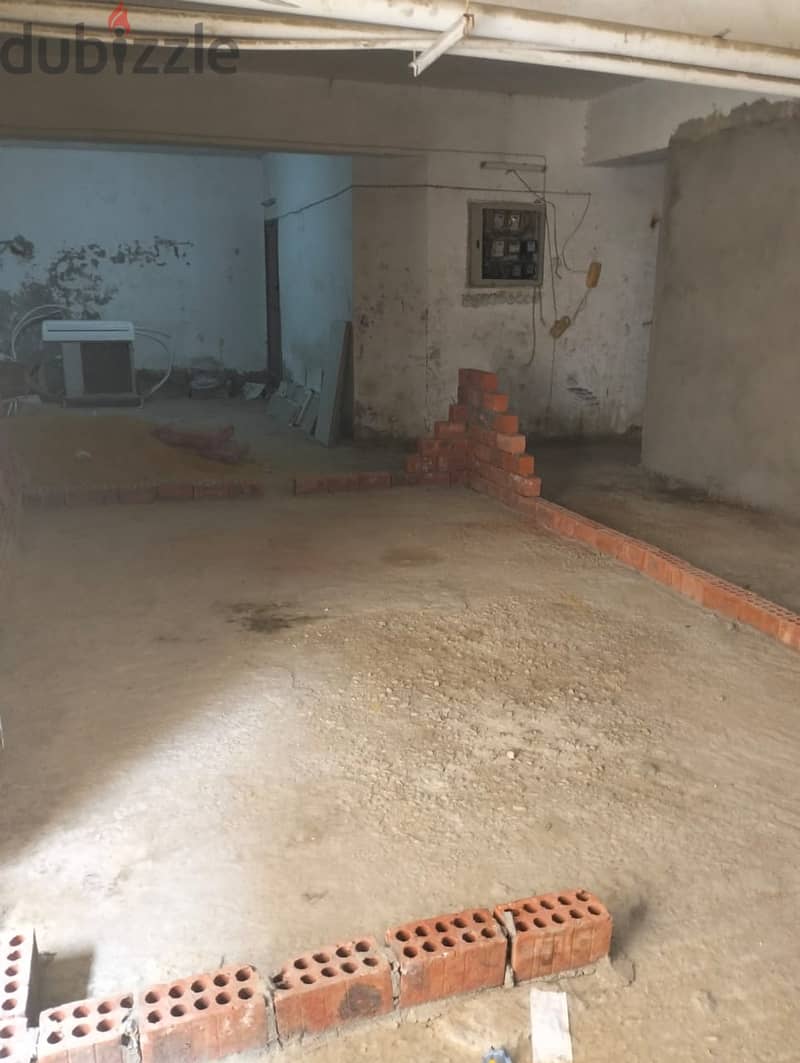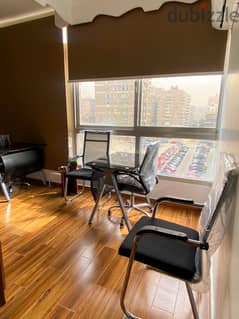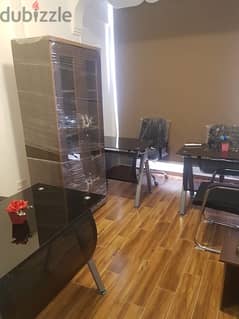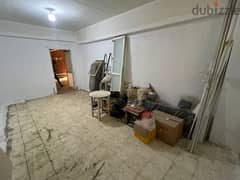
1 / 15
Details
TypeWarehouse
Price4,500
Price TypePrice
Rental FrequencyYearly
Down Payment4,500
Area (m²)30
FurnishedNo
Description
first settement (mustafa kamel)
ware house
30 sqm
for rent
A warehouse can be defined functionally as a building in which to store bulk produce or goods (wares) for commercial purposes. The built form of warehouse structures throughout time depends on many contexts: materials, technologies, sites, and cultures.
The entrance to a warehouse in
In this sense, the warehouse postdates the need for communal or state-based mass storage of surplus food. Prehistoric civilizations relied on family- or community-owned storage pits, or 'palace' storerooms, such as at Knossos, to protect surplus food. The archaeologist Colin Renfrew argued that gathering and storing agricultural surpluses in Bronze Age Minoan 'palaces' was a critical ingredient in the formation of proto-state power. [5]
The need for warehouses developed in societies in which trade reached a critical mass requiring storage at some point in the exchange process. This was highly evident in ancient Rome, where the horreum (pl. horrea) became a standard building form. [6] The most studied examples are in Ostia, the port city that served Rome. The Horrea Galbae, a warehouse complex on the road towards Ostia, demonstrates that these buildings could be substantial, even by modern standards. Galba's horrea complex contained 140 rooms on the ground floor alone, covering an area of some 225,000 square feet (21,000 m2). As a point of reference, less than half of U. S. warehouses today are larger than 100,000 square feet (9290 m2). [7]
Medieval Europe
A Sust, a Middle Ages type of warehouse, in Horgen, Switzerland
The need for a warehouse implies having quantities of goods too big to be stored in a domestic storeroom. But as attested by legislation concerning the levy of duties, some medieval merchants across Europe commonly kept goods in their large household storerooms, often on the ground floor or cellars. [8][9] An example is the Fondaco dei Tedeschi, the substantial quarters of German traders in Venice, which combined a dwelling, warehouse, market and quarters for travellers. [10]
From the Middle Ages on, dedicated warehouses were constructed around ports and other commercial hubs to facilitate large-scale trade. The warehouses of the trading port Bryggen in Bergen, Norway (now a World Heritage site), demonstrate characteristic European gabled timber forms dating from the late Middle Ages, though what remains today was largely rebuilt in the same traditional style following great fires in 1702 and 1955.
Industrial revolution
Historic Atlantic Dock warehouse in Brooklyn in the 1800s
During the industrial revolution of the mid 18th century, the function of warehouses evolved and became more specialised. The mass production of goods launched by the industrial revolution of the 18th and 19th centuries fuelled the development of larger and more specialised warehouses, usually located close to transport hubs on canals, at railways and portside. Specialisation of tasks is characteristic of the factory system, which developed in British textile mills and potteries in the mid-late 1700s. Factory processes sped up work and deskilled labour, bringing new profits to capital investment.
Warehouses also fulfill a range of commercial functions besides simple storage, exemplified by Manchester's cotton warehouses and Australian wool stores: receiving, stockpiling and despatching goods; displaying goods for commercial buyers; packing, checking and labelling orders, and dispatching them.
The utilitarian architecture of warehouses responded fast to emerging technologies. Before and into the nineteenth century, the basic European warehouse was built of load-bearing masonry walls or heavy-framed timber with a suitable external cladding. Inside, heavy timber posts supported timber beams and joists for the upper levels, rarely more than four to five stories high.
19th-century warehouses in Gloucester docks, in the United Kingdom, originally used to store imported corn
A gabled roof was conventional, with a gate in the gable facing the street, rail lines or port for a crane to hoist goods into the window-gates on each floor below. Convenient access for road transport was built-in via very large doors on the ground floor. If not in a separate building, office and display spaces were located on the ground or first floor.
Technological innovations of the early 19th century changed the shape of warehouses and the work performed inside them: cast iron columns and later, moulded steel posts; saw-tooth roofs; and steam power. All (except steel) were adopted quickly and were in common use by the middle of the 19th century.
Strong, slender cast iron columns began to replace masonry piers or timber posts to carry levels above the ground floor. As modern steel framing developed in the late 19th century, its strength and constructibility enabled the first skyscrapers. Steel girders replaced timber beams, increasing the span of internal bays in the warehouse.
The saw-tooth roof brought natural
Amenities
Security
Location
Egypt
Ad id 500769294
Report this ad
Related ads
Your safety matters to us!
- Only meet in public / crowded places for example metro stations and malls.
- Never go alone to meet a buyer / seller, always take someone with you.
- Check and inspect the product properly before purchasing it.
- Never pay anything in advance or transfer money before inspecting the product.
